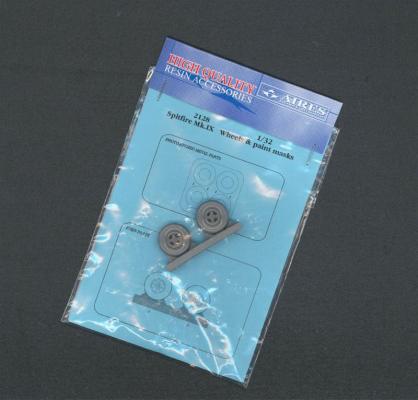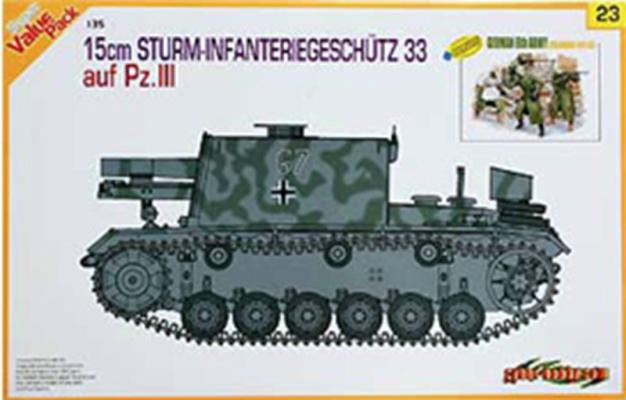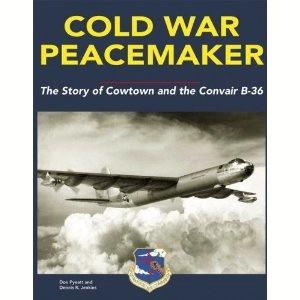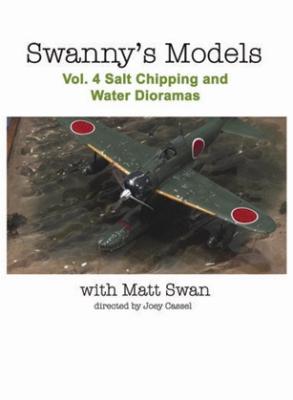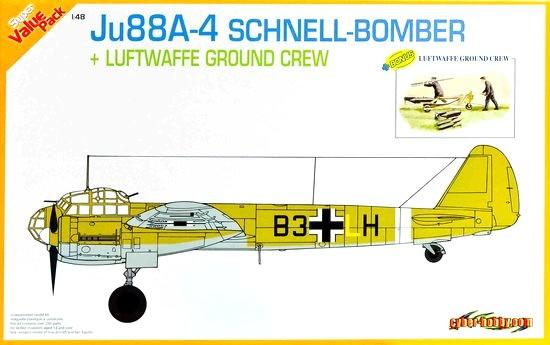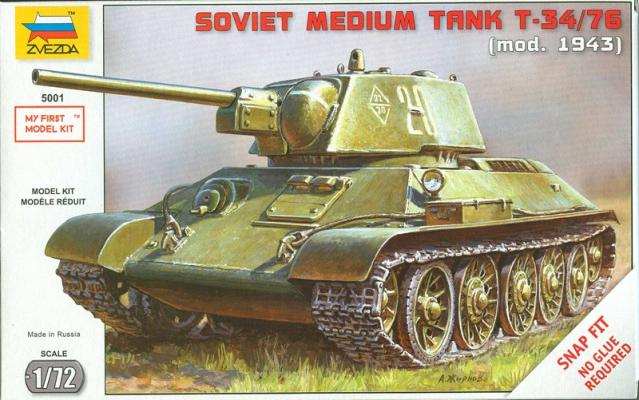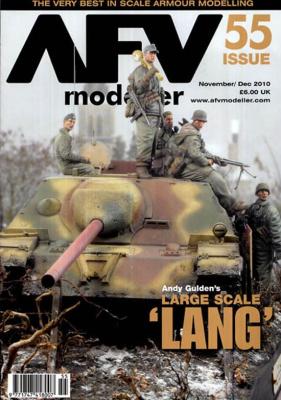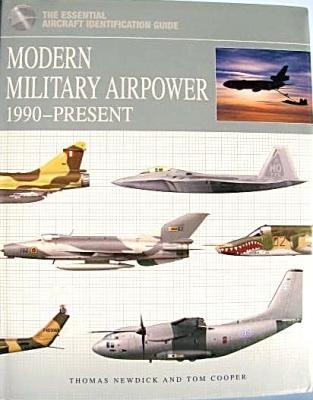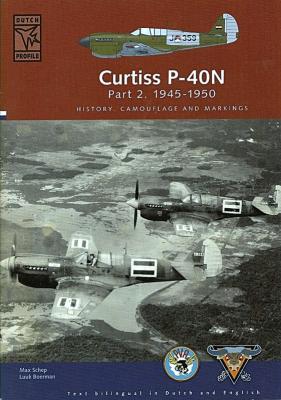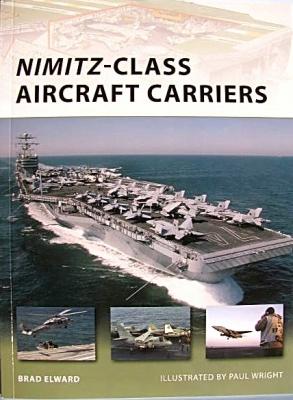Aires has added a set of 1/32 Spitfire resin wheels/tires (with paint masks) to their continually growing line of detail parts. Although labeled for Mk.IX Spitfires, these wheels are appropriate replacements for those found on most marks. The set features the early four-spoke wheels with typical smooth tires. They easily will fit the new Tamiya kits as well as the PCH kits and the earlier offerings from Hasegawa and Revell. Detail is exquisite…the hubs even exhibit the recessed valve stem and the tires have a realistic flat bottom with just the hint of a bulge. All appears to be spot on, as our friends in the UK might say.
What's New
Editor's note: This kit is from Dragon's Cyber-Hobby line
When I was given the opportunity to review this book, I thought back to a time when I was growing up in Ohio. Our family lived near Fairborn, Ohio which is home to the U.S. Air Force Museum. My father served in the Air Force and would often take our family to the museum. The one exhibit that always captured my attention was the B-36 on display inside the museum. Having read through “Cold War Peacemaker…” I have certainly have gained in knowledge about the history, design, and use of this mighty aircraft.
Don Pyeatt and Dennis R. Jenkins have done an admirable job in describing for readers the history of the B-36. There are also throughout the 240 pages, both color and black & white photographs of both the exterior and interior of this historic jet. This is something I believe would be of value to most modelers. The book also describes the changes the B-36 brought to Fort Worth, Texas.
Matt Swan keeps providing us with more modeling blessing on the 4th installment of his instructional series. The scope of this set is water dioramas and salt chipping technique. The subject is a 1/48 Tamiya Rufe and a nice beach scene, including everything you can imagine, even scale fish in the water!
Towards the end of his 3rd set, Matt shows how to build some simple bases to display your model. This time he goes into town showing step-by-step how to create a base, a sandy beach, foliage and more importantly: water. That is not all, as he will build a Japanese float-plane and show how to replicate paint chips using the ‘salt chipping’ technique.
Before showing how to build a diorama, Matt devotes some time to cover the tools and materials needed to build a diorama, including where you can get most of them and some comments regarding the cost of them.
Editor's note: This kit is from Dragon's Cyberhobby line.
HISTORY:The JU88 can be considered Germany’s equivalent to the British Mosquito. Production of the JU88 family totaled about 1,500 aircraft. The bomber first flew in December 1936. The aircraft had several engine variations, from water-cooled to air-cooled radials. Its top air speed was 292 mph, operational ceiling of 26,900 feet, with a crew of four.
KIT:The kit is made up of injection molded gray plastic parts. The parts were well detailed and in excellent condition.
This kit is listed as “My First Model Kit” and I wanted to get my grandson into modeling, so I thought this should be a good kit to introduce the hobby to my just turned 6 grandson. Well, things did not go as I had hoped. There are no age recommendations on the box, but most of the other kits on the shelf state 8 years old or older even for the snap tight kits. Now I know why. My grandson’s fine motor skills were not developed enough to handle a sprue cutter and his attention span was not long enough even to handle this kit (from start to finish no more than 2 hours). So I ended up finishing the model myself and getting him introduced to the painting and decal portion of the project. Below is listed what was done and how:
Many military vehicle modelers look forward to each issue of AFV Modeller showing up in their mailbox or on the local hobby shop’s rack. A look at the contents of issue 55 will quickly tell you why. In this issue, there are seven featured multi-page articles, forty-two product and publications reviews and a showcase of inspirational models entered in the 2011 Euro Militaire.
The first article in this issue documents Lars Richter’s build of the new Trumpeter 1/35 scale Russian T-62 Main Battle Tank kit. The eight-page feature covers everything from opening the box to adding the final weathering. In the end, Lars says the kit is highly recommended.
In this new offering from Casemate Publishing, authors Thomas Newdick and Tom Cooper, provide the modern aviation enthusiast with two-hundred full color aircraft drawings and forty photographs of everything flown today by squadrons around the globe. In the one hundred and ninety-two informative pages, there are some fifty-thousand words of text providing information on not just the aircraft themselves, but also on the branch of service for the country using them. The book is logically divided up by regions for the chapters, and then by countries within the regions. The opening page for each chapter shows a color line-drawing map for the region with the counties being covered within shown, making the book educational for geography as well as for the aircraft.
The chapters, as mentioned, are broken into regions as follows:
Introduction
Most aviation enthusiasts assume that the Curtiss P-40N, like General Douglas MacArthur’s “Old Soldier”, just faded away after the end of World War II. This was most certainly not the case as far as the Royal Netherlands East Indies Army Air Force was concerned. As the Japanese began leaving their former Dutch conquests in 1945, they left behind a motley collection of combat aircraft, some of which were appropriated and flown by the Indonesian insurgents, who were determined to get the Dutch out of their islands so they could become an independent country, in accordance with the postwar trend of ending European colonialism in that part of the world.
In this new offering from Osprey Publishing, author Brad Elward (and Illustrator Paul Wright) introduce the reader to the fascinating world of the Nimitz-class aircraft carriers of the United States Navy. Having served aboard the USS Dwight D. Eisenhower (CVN-69) and USS Abraham Lincoln (CVN-72), I quickly volunteered for this review when the book came out in a review list. As I possess a fair amount of knowledge on this subject myself, I am always looking to learn more about these magnificent ships, their history, and where the Navy plans to go in the future.

